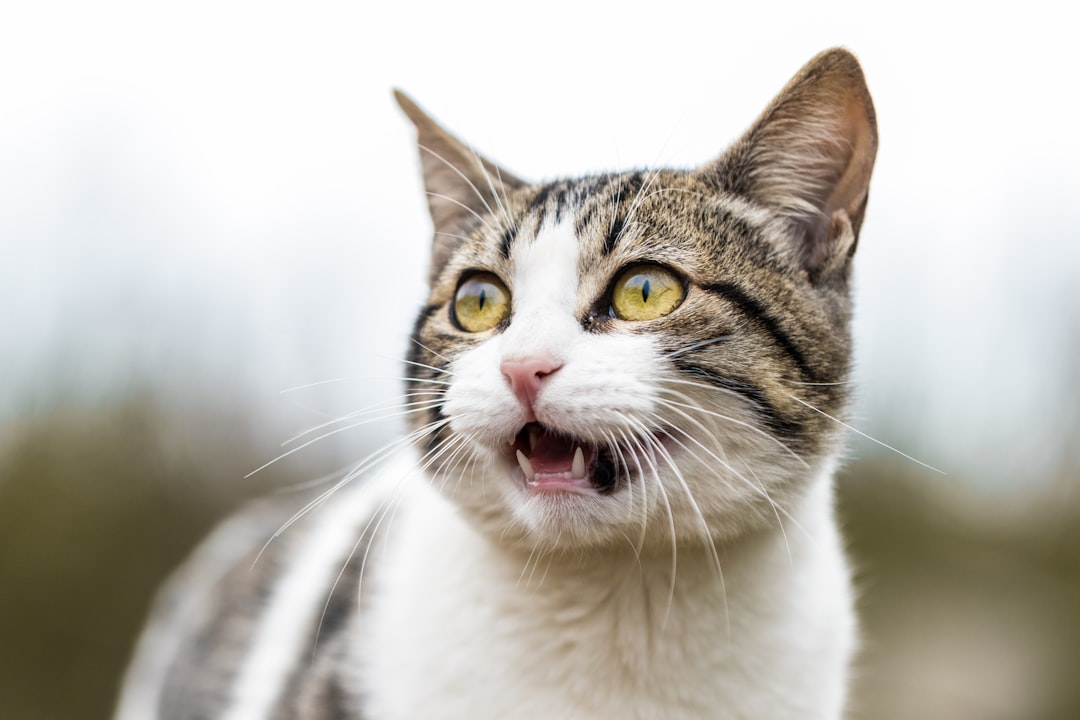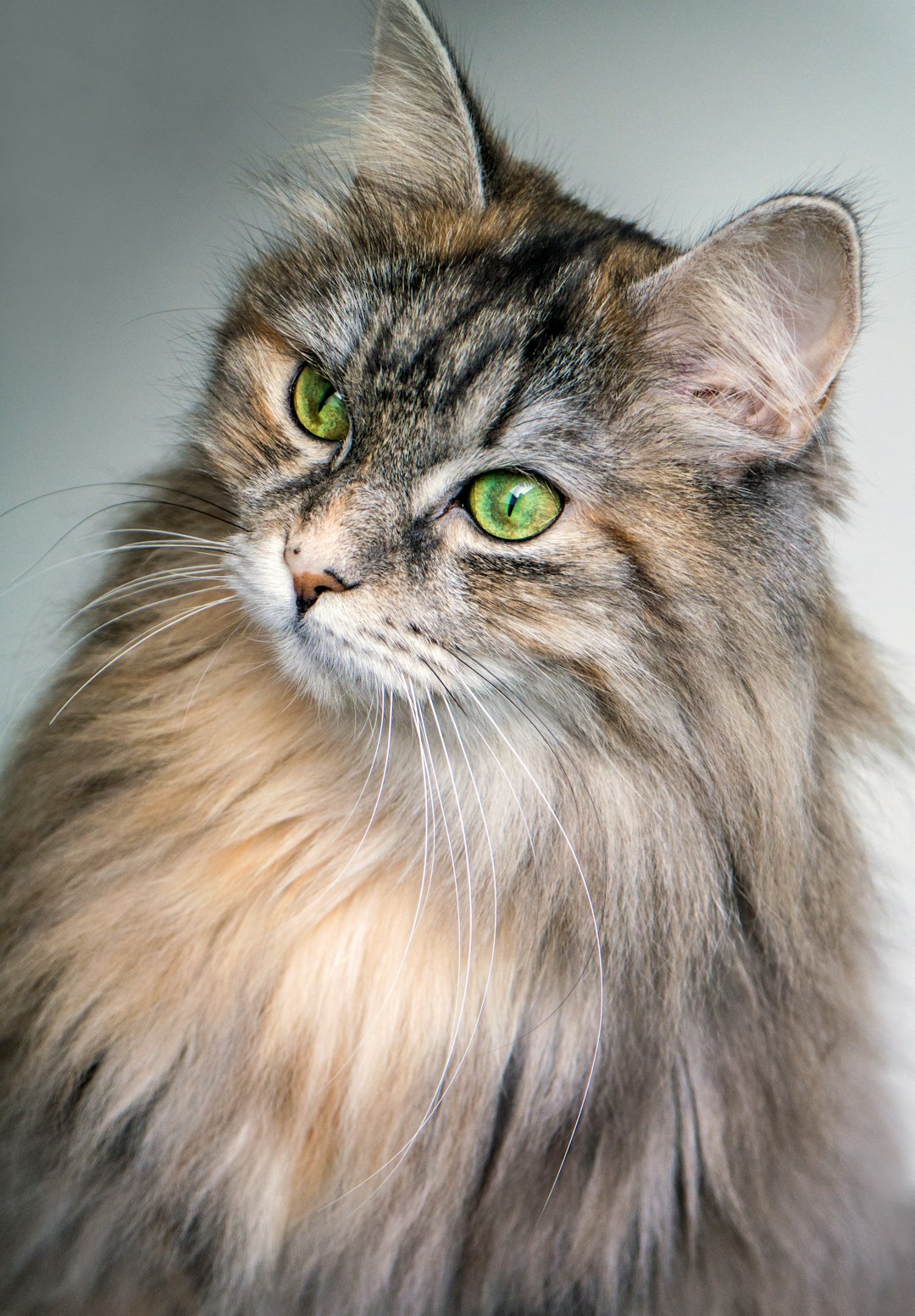Are you tired of your feline friend giving you the cold shoulder over commercial cat food? Well, it’s time to put on your chef hat and cook up some love with homemade cat food! Not only will your kitty appreciate the five-star dining experience, but you’ll also have the satisfaction of knowing precisely what’s going into their little gourmet meals. Whether you’re whipping up chicken or throwing in a dash of fish, let’s dive into the whisker-licking world of easy recipes for healthier meals that’ll make your kitty purr with delight!
Understanding the Benefits of Homemade Cat Food
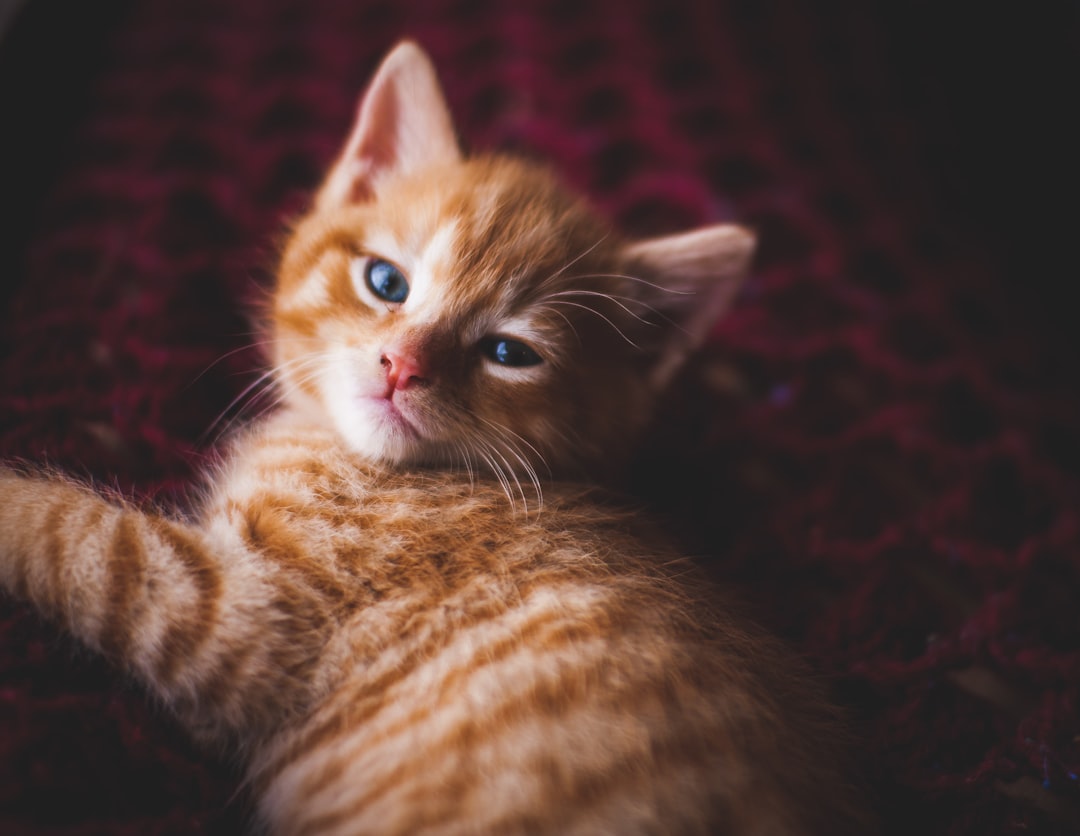
Ah, homemade cat food! The culinary revolution that says, “I love you, Fluffy, but store-bought just won’t cut it!” Let’s dive into the whisker-tingling benefits of whipping up those meals yourself:
- Control Ingredients: Say goodbye to mysterious fillers! You decide if your cat is dining like royalty or on a budget.
- Tailored Nutrition: Got a kitty who’s a picky eater? Customizing your homemade cat food lets you cater to their fancies and dietary needs.
- Quality Assurance: You know exactly what goes into your cat’s bowl—no weird chemicals or secret ingredients from the factory.
- Freshness Galore: Freshly made meals = fresher flavors. Your feline will be meowing in delight, not disgust!
In a nutshell (or a catnip ball), homemade cat food gives you and your furry friend a fantastic bonding experience, along with healthier, tastier meals. Who knew being a cat chef would come with such great perks? Now, roll up your sleeves and let’s get cooking!
Essential Nutrients for Your Cat’s Diet
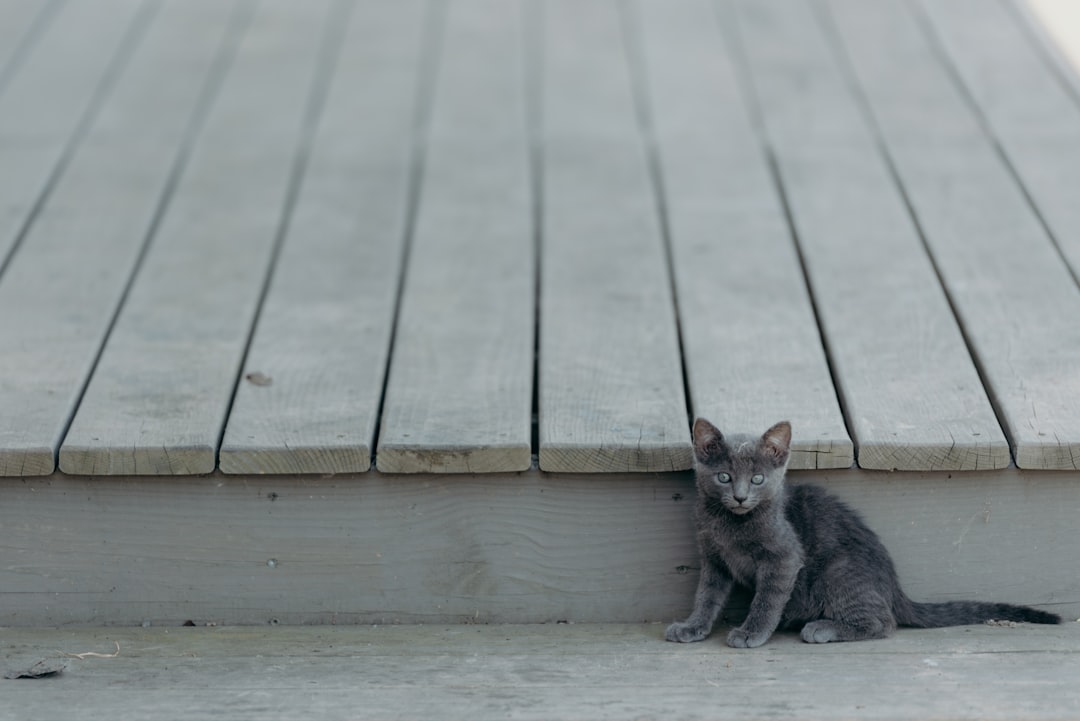
When it comes to homemade cat food, think of it as running a gourmet restaurant, except your only clientele is a picky feline who can’t read the menu. To keep your furry friend purring with satisfaction, make sure their diet includes these essential nutrients:
- Protein: Cats are obligate carnivores, which means meat is their jam. Think chicken, turkey, or fish – preferably something that won’t make you cringe.
- Taurine: This essential amino acid keeps your cat’s heart, eyes, and reproductive system in top shape. It’s like their own personal health coach!
- Fatty Acids: Omega-3 and Omega-6 fatty acids keep your cat’s coat shinier than a freshly polished trophy. Fat is not the enemy here!
- Vitamins & Minerals: A little sprinkle goes a long way. Incorporate things like vitamin E, calcium, and potassium to make your homemade cat food a balanced buffet.
Now, here’s a mini comparison to consider when whipping up that bowl of goodness:
| Nutrient | Importance | Sources |
|---|---|---|
| Protein | Muscle growth and repair | Chicken, turkey, fish |
| Taurine | Heart and eye health | Meat sources |
| Fatty Acids | Healthy skin and coat | Fish oil, flaxseed |
| Vitamins & Minerals | Overall health and vitality | Fresh veggies |
Make your homemade cat food a nutrient-packed delight, and they’ll strut around like the royalty they truly are!
Easy Chicken-Based Cat Food Recipe
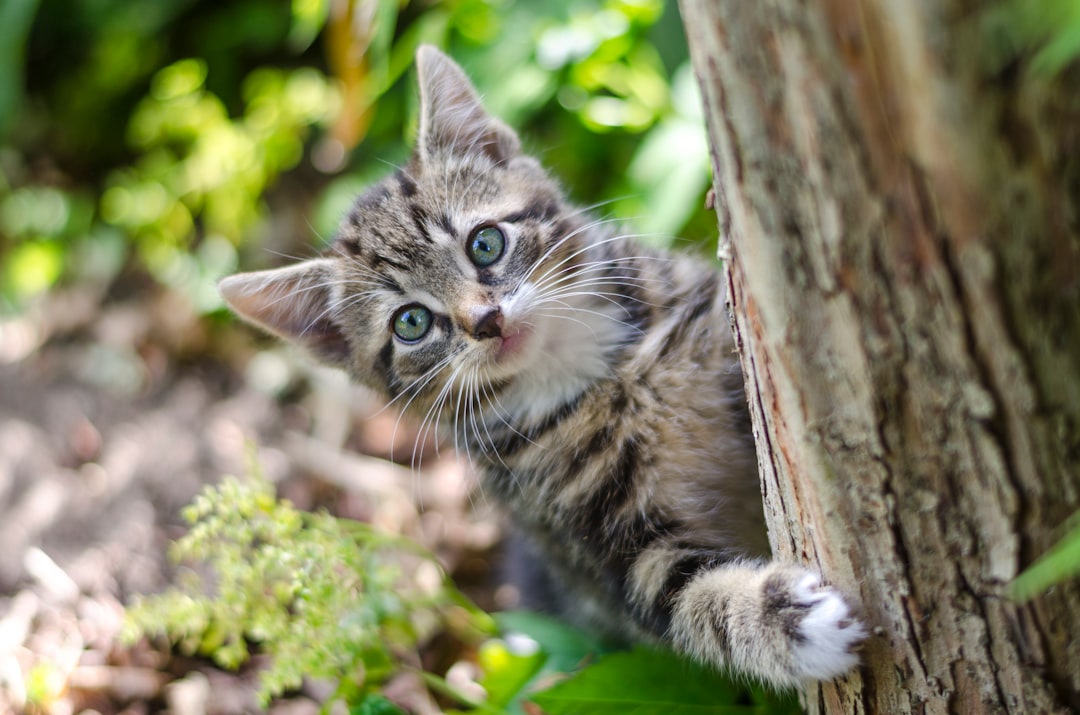
If you’re keen on whipping up some homemade cat food, you can’t go wrong with chicken! Cats, being the picky little furballs they are, often turn their noses up at sub-par meals. However, this easy chicken-based recipe will have your kitty purring like a motorboat!
Ingredients You’ll Need:
- 1 cup of boneless, skinless chicken breast
- 1/4 cup of chicken broth (low sodium, please)
- 1/4 cup of carrots, finely chopped
- 1/4 cup of peas
- A dash of catnip (just for fun!)
Instructions:
- Boil and Shred: Bring the chicken to a boil in the chicken broth until fully cooked. Shred it like you’re prepping for taco night.
- Mix It Up: Stir in the carrots and peas. Feel free to use a food processor if you’re in a fancy culinary mood.
- Cool and Serve: Let it cool, then serve it up in your cat’s favorite bowl.
Quick Comparison:
| Store-Bought Cat Food | Homemade Cat Food |
|---|---|
| Preservatives & fillers | Fresh and natural |
| Less control over ingredients | Tailored to your cat’s needs |
Your feline will appreciate your efforts, and you’ll feel like a gourmet chef. Who knew being a cat chef could be this much fun? Enjoy making homemade cat food and watch those whiskers wiggle with delight!
Nutritional Variations with Fish Ingredients
Ahoy, cat lovers! If your feline friend is more “meow” than “purr,” it might be time to reel in some delicious fish for their homemade cat food. Fish isn’t just a tasty treat; it’s also packed with essential nutrients:
- Omega-3 Fatty Acids: These help keep your kitty’s coat shiny (and reduce your laundry load from cat hair).
- High-Quality Protein: A must for maintaining muscle mass – but much easier to catch than that elusive laser dot!
- Vitamins & Minerals: Fish provides a smorgasbord of vitamins that can outshine your typical cat treats.
Here’s a quick comparison of popular fish to include:
| Fish Type | Benefits | Notes |
|---|---|---|
| Salmon | Rich in Omega-3s & protein | Make sure it’s boneless |
| Tuna | High in protein | Limit frequency to avoid mercury |
| Sardines | Packed with nutrients | Choose canned in water, no salt |
Experimenting with these fish options can spice up your cat’s homemade cat food menu while ensuring a balanced diet. Just remember, variety is the spice of life—even in the cat food aisle!
Incorporating Vegetables into Cat Meals
So, you want to get a bit vegetal with your feline’s fare? Let’s dive into the wacky world of vegetables in your homemade cat food! Cats might be obligate carnivores, but that doesn’t mean they can’t enjoy a sprinkle of greens (or yellows or reds) to spice things up.
Here’s the scoop:
- Carrots: Cats won’t yell at you for adding these orange sticks; they boost vision and are a crunchy delight!
- Pumpkin: No, it’s not just for Halloween. It’s fiber-packed and helps with digestion—meow-velous!
- Spinach: A superhero vegetable! It’s packed with vitamins A, C, and K, helping keep your kitty healthy and hearty.
Remember: Chop veggies finely to avoid a cat-tastrophe.
A Quick Comparison Table
| Vegetable | Nutritional Benefit | Cat’s Reaction |
|---|---|---|
| Carrots | Vision support | Curious nosing |
| Pumpkin | Digestive aid | Eager gobbling |
| Spinach | Rich in vitamins | Mildly curious |
When incorporating these into your homemade cat food, just keep the portions small—after all, a little veggie goes a long way in their palette! Happy cooking!
Tips for Meal Preparation and Storage
Ready to dive into the world of homemade cat food? Well, hang on to your mixing bowls because it’s not just about throwing some chicken and veggies into a blender. Here’s how to whip up meals that even your picky feline will meow for, without creating a culinary catastrophe.
Meal Preparation Tips:
- Cleanliness is Key: Like your mom always said, wash your hands! Keep your kitchen and utensils squeaky clean to avoid any contaminations that could spoil dinner.
- Cook Carefully: Cook meat to the right temperature. Your cat loves chicken, but she doesn’t want any raw surprises!
- Consult with a Vet: Before starting, check if the ingredients are purr-fectly balanced for your kitty’s unique needs.
Storage Tips:
- Cool it Down: Let cooked homemade cat food cool to room temperature before refrigerating it. We don’t want spoiled food gifting us an unpleasant odorous surprise!
- Portion Control: Freeze smaller portions. This way, you’ll always have fresh meals ready without transforming your freezer into a feline food factory.
By following these simple tips, you’ll not only keep your cat happy and healthy but also your kitchen disaster-free!
Transitioning Your Cat to Homemade Diet
Transitioning your cat from store-bought food to homemade cat food can feel like convincing a stubborn cat to take a bath—challenging, but not impossible! Here’s how to make this leap without losing your sanity (or a finger):
- Start Slowly: Just like you wouldn’t dive into a deep end without checking the water first, don’t suddenly switch their diet. Begin with a 75% old food and 25% homemade cat food mix. Gradually adjust the ratio over a week or two.
- Make it Tempting: Use flavors that send your kitty into a frenzy. Cats adore chicken, tuna, and the occasional sprinkle of catnip. A little extra aromatics can go a long way!
- Monitor Their Mood: Keep an eye on your feline friend’s behavior. If they’re meowing at their bowl like it’s a bottomless pit of delight, you’re golden! If they turn their nose up like it’s the worst thing since wet food, consider troubleshooting.
- Consult a Vet: Always check in with your veterinarian. They can help ensure you’re providing a well-balanced homemade cat food diet.
With these tips, your kitty will be purring over their new meal plans in no time! Happy feeding!
Transitioning Your Cat to Homemade Diet
So, you’ve decided to embrace the world of homemade cat food—congrats! But hold those catnip confetti cannons! You can’t just toss a bowl of tuna at your furball and call it dinner. Transitioning your cat to this tasty new life requires finesse and patience, much like introducing your cat to a new laser pointer.
Here’s how to ease your feline friend into the gourmet experience of homemade cat food:
- Start Slow: Mix 25% of the homemade cat food with 75% of their old kibble for the first week. Gradually increase the homemade portion over the next 4 weeks. Because no cat likes a sudden menu change—especially when it messes with their delicate sensibilities.
- Monitor Reactions: Keep an eye on your kitty’s litter box and overall vibe. If they act like a drama queen, you might be moving too fast!
- Consistency is Key: Just like that one cat video you cannot stop watching, keep the meals consistent in both ingredients and timing. Cats thrive on routine.
- Experiment: Once they’re used to your homemade cat food, feel free to play chef and mix in a variety of approved ingredients. You might even earn a gourmet chef title—though your cat will remain the true critic!
By following these steps, you’ll ensure your transition is smooth and result in a happy, healthy feline friend, expertly dining on your delicious homemade cat food. Meow-some!
Frequently Asked Questions
Can I really make homemade cat food, or will my cat just stare at me like I’m trying to serve them broccoli?
Yes, you can definitely make homemade cat food! But be prepared for some feline skepticism—your cat might look at you like you’ve replaced their tuna with kale. Just remember, kitties can be picky, so use enticing ingredients like chicken or fish; just make sure it’s cooked, as they don’t appreciate the benefits of sushi like we do. Once they get a whiff of that delicious aroma, they’ll forget about their previous love affair with store-bought kibble!
How do I know if my homemade cat food is nutritionally balanced?
Ah, the eternal quest for cat culinary perfection! While your furry friend may appreciate the taste of chicken and rice, those won’t cut it on their own. Cats are obligate carnivores, which means they need certain vitamins (like taurine) and minerals to avoid the feline version of a mid-life crisis. Consider consulting with a vet or a pet nutritionist, or try recipes that are already checked for nutritional balance. Just don’t go experimenting like you’re the mad scientist of mealtime—your cat’s health is not something to gamble with!
Are there specific ingredients I should avoid when making homemade cat food?
Absolutely! Some ingredients could earn you the ‘worst cat chef’ award in your feline’s eyes. Certain foods like chocolate, onions, garlic, grapes, and raisins are top contenders for things your cat should never dine on. It’s crucial to double-check everything before introducing new ingredients. You might think they’ll love your leftover shepherd’s pie, but your kitty’s belly is more like a ‘cats only’ lounge—access restricted for uninvited foods!
Can I batch cook cat food and freeze it for later, or will I end up with a frozen kitty-time bomb?
Good news! You can definitely batch cook that gourmet cat food, and your kitty will appreciate your meal prep skills—just make sure to use freezer-safe containers, or you might face some unknown snowy explosion in your fridge! Portion out their meals to make things even easier when those lazy cat-parent days roll around. Just defrost in the fridge and serve it up! Your cat may even think you’ve unlocked the secrets of culinary time travel!


